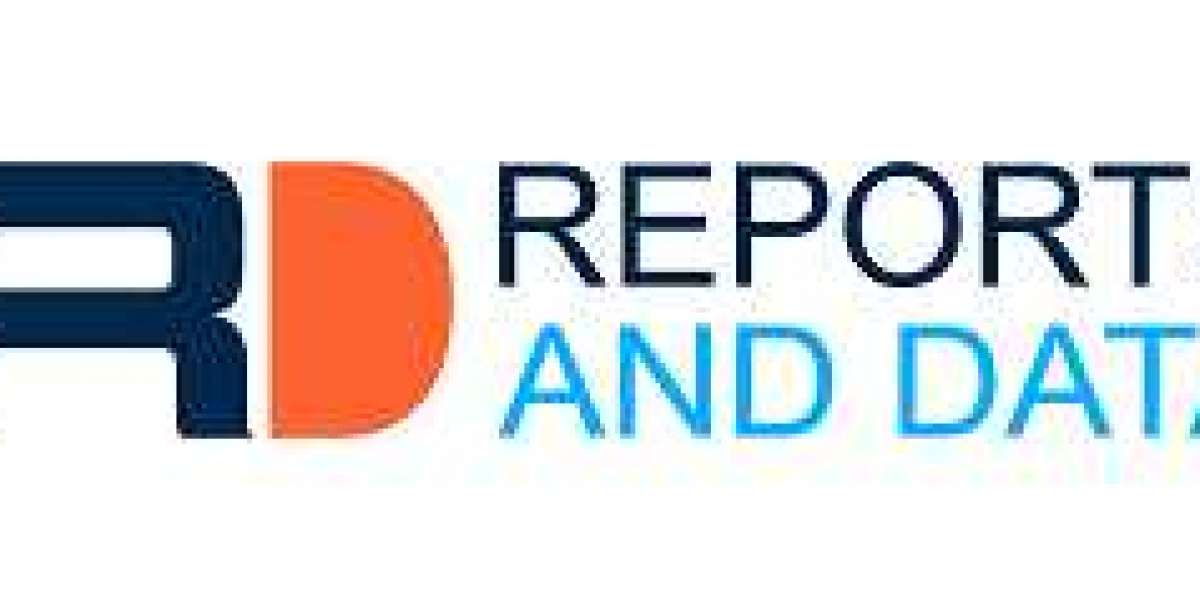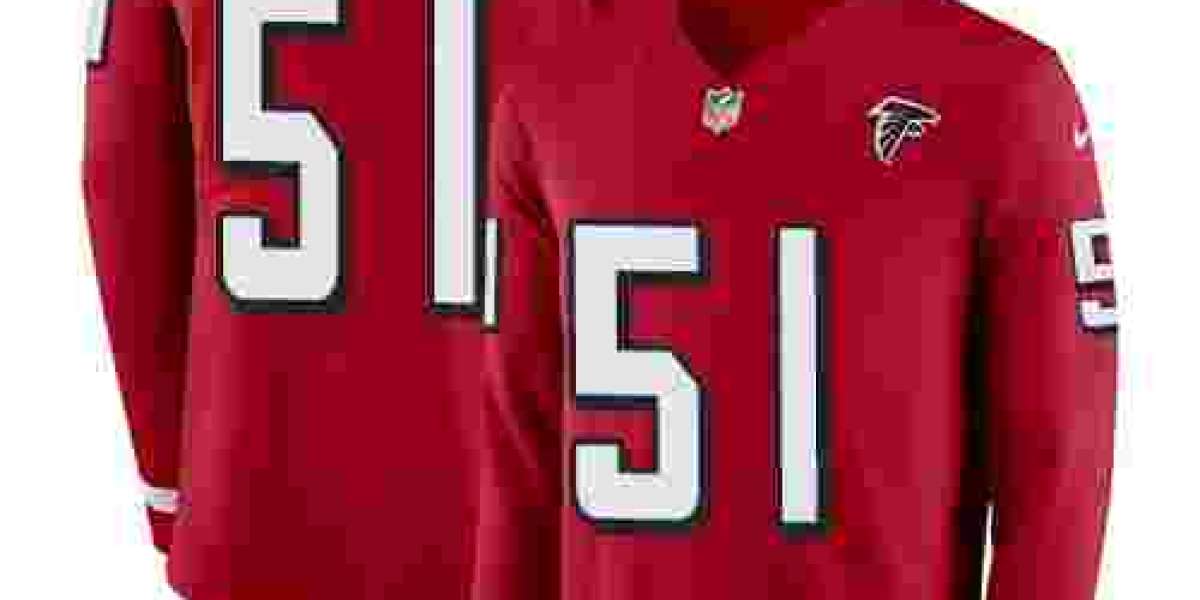Social Networking And Its Difference From Social Media
Social networking refers to the building and maintaining of personal and professional relationships online. The goal of social networking is to create and nurture connections, interactions, and relationships between individuals and groups. Some key examples of social networking platforms include LinkedIn, Facebook, etc.
In contrast, social media refers more broadly to various websites and applications that allow users to create, share, and exchange content quickly. This content often includes thoughts, ideas, news stories, photos, videos, and more. Key examples of social media platforms include YouTube, Twitter, Instagram, and TikTok. While social networking focuses specifically on interpersonal connections, social media has a wider, more broadcast focus.
Social Networking serves several Key Objectives
Connection - Social networks allow people to connect with friends, family, colleagues, and new acquaintances who share similar interests or backgrounds. This allows relationships to form across geographical boundaries.
Communication – Social networking provides additional channels through which people can communicate, collaborate, and exchange ideas.
Knowledge sharing – The connections made through social networking facilitate easier sharing of information and knowledge between contacts. This produces new ideas and opportunities.
Self-promotion – Social networking allows individuals and organizations to share updates, achievements, products, and more about themselves. This self-promotion can build reputation, influence, and visibility.
Web3 In Social Networking
The social networking platforms we currently use like Facebook, Twitter, and Instagram represent the web2 internet era. In web2, users generate data and content that is then centralized and monetized by the platform, with the platform controlling both data and profits. However, with web2, users lack full ownership rights and privacy over their data and profiles.
Web3 represents the next phase where social networking becomes decentralized through blockchain, smart contracts, and cryptocurrency/tokenization features. Here, data and network ownership shift toward users, who control personal profiles, connections, content, and assets via digital wallets or dApps (decentralized applications). Rather than one platform owning the data, user data moves freely across different interoperable apps in the web3 social graph. Value created can also be exchanged directly peer-to-peer via crypto transactions. Features like NFT profiles and DeFi also emerge. It thereby promises a more user-centric version of social networking.As a Leading Blockchain Development Company BlockchainAppsDeveloper provides high end blockchain solutions as per your needs.
Workflow Of Web3 Social Networks
Web3 social networks are decentralized networks built using blockchain technology that gives users ownership over their data and digital assets. It give users sovereign data ownership and transportability while interactions occur in a trustless, peer-to-peer manner via blockchain and crypto-economic incentives. They work as follows:
First, users create a digital wallet or install a browser extension that interacts with the underlying blockchain protocol the social network runs on. This could be Ethereum, Solana, Polygon, and others.
Next, users create a profile NFT (non-fungible token) that represents their decentralized digital identity in the web3 network. This contains key profile data that verifies their identity and allows connections and networking to occur.
When users post content, this content is uploaded on-chain using the social network's application layer and stored in a decentralized manner across nodes, rather than centralized servers. Content is verifiably owned by the creator.
Interactions in web3 social networks like content sharing, commenting, connections, etc occur directly on-chain through peer-to-peer transactions enabled by smart contracts. Value can be exchanged or tipped using native crypto tokens.
Data is transported across bridges into other connected web3 networks. Users can take their profile NFT and data wallet to other platforms easily due to the interoperability and ownership.
Why Web3 Social Media Platforms?
Web3 social media platform provides openness, connectivity across applications, immutable transparency, and user control, making it an evolution that empowers individuals over organizations in managing digital lives. Decentralization fuels innovation and creativity without intermediaries extracting value from user-generated content.
User-Owned Content: Users fully own the digital content they create on web3 platforms. This gives them control over distribution and monetization. For example, a user can sell an NFT meme they created or get compensated when others reshare it. Such user-centric approaches are a definitive shift from centralized social media ownership models.
Interoperability : Web3 platforms facilitate seamless sharing of content across applications through common data formats and protocols. For example, an NFT minted on one platform can be displayed across various web3 social apps. This interoperability liberates data and expands reach.
Open Source: Web3 social media platforms are built on open source protocols like blockchain, allowing the code to be publicly auditable. This promotes transparency and trust as users can verify the integrity of the platforms. Developers can also build on top of open web3 platforms, enabling innovation.
Free of Bots and Spammers : Decentralized identity standards used in web3 social networks prevent fake accounts and spam. Platforms leverage crypto wallets for authentication, ensuring each user is unique. Additionally, the transparent nature deters malicious bots as all activities are immutably recorded on the blockchain.
Benefits of Web3 in Social Networking
Enhanced Security : Web3 leverages blockchain technology to provide robust encryption and decentralized infrastructure for secure social networking resistant to hacking attacks plaguing centralized platforms.
Equitable Rewards: Social content creators and community participants receive transparent economic incentives and compensation through native platform tokens and NFTs aligned to their contributions.
Validating Content Provenance: The permanence and transparency of blockchain transactions verify the original creator of any piece of content and trace its sharing lineage, thus preventing misinformation.
User Content Ownership : Social content resides on public web3 databases giving users indisputable control of their data for sharing across platforms rather than getting locked into proprietary apps.
Decentralized Identity Management : Users connect via cryptographic identities and wallets, removing risks of identity theft or account suspensions due to centralized binding while still preventing bots.
User-Focused Governance: On-chain community governance gives users greater participation in shaping social platforms through voting on features and monetization policies aligned with their interests.
Native Payments Embedding: Platform tokens allow seamless value transfer for social commerce activities like tipping content creators or buying special access without relying on external payment tools.
Censorship Resistance: Decentralized social platforms allow free speech without centralized entities controlling narratives or censoring marginalized groups.
Transparent Algorithms: Open-source code bases of web3 social networks reveal how content discovery and recommendations work without opaque algorithms curating information to serve corporate interests.
Permissionless Innovation : Anyone can build new features on open and extensible social networking protocols ushering new solutions for community growth not dependent on platform approvals.
Owned Social Graphs: Users can maintain connections across web3 platforms through interoperable social graphs they own enabling relationship portability currently locked inside closed ecosystems.
Universal Profiles: Unified identity, content, and payment channels lower barriers to participate in multiple special interest social dApps spanning gaming, music, art, etc.
Analytics Control: User data transparency on blockchain gives social participants more visibility and control over analytics and advertising models powered by their information.
Why BlockchainAppsDevelopers For Web3 Development Services?
BlockchainAppsDevelopers is an ideal Web3 Development Company with a talented decentralized apps development team offering cutting-edge solutions for the distributed future. Deploying multiple blockchain platforms and web3 MVPs across domains like DeFi, NFTs, and metaverse, we have the expertise to help enterprises leverage decentralized technologies for growth. As web3 transforms social media through open protocols facilitating user-owned identities, content, and networks, BlockchainAppsDevelopers can architect open and interoperable social platforms that align value with user data. Our agile approach delivers scalable web3 social products with usable interfaces and foolproof security tailored for mainstream adoption. Partner with us to develop, launch, and maintain web3-social platforms seamlessly integrating into future internet economies unlocking new models for community growth and monetization.
Our Other Services,








